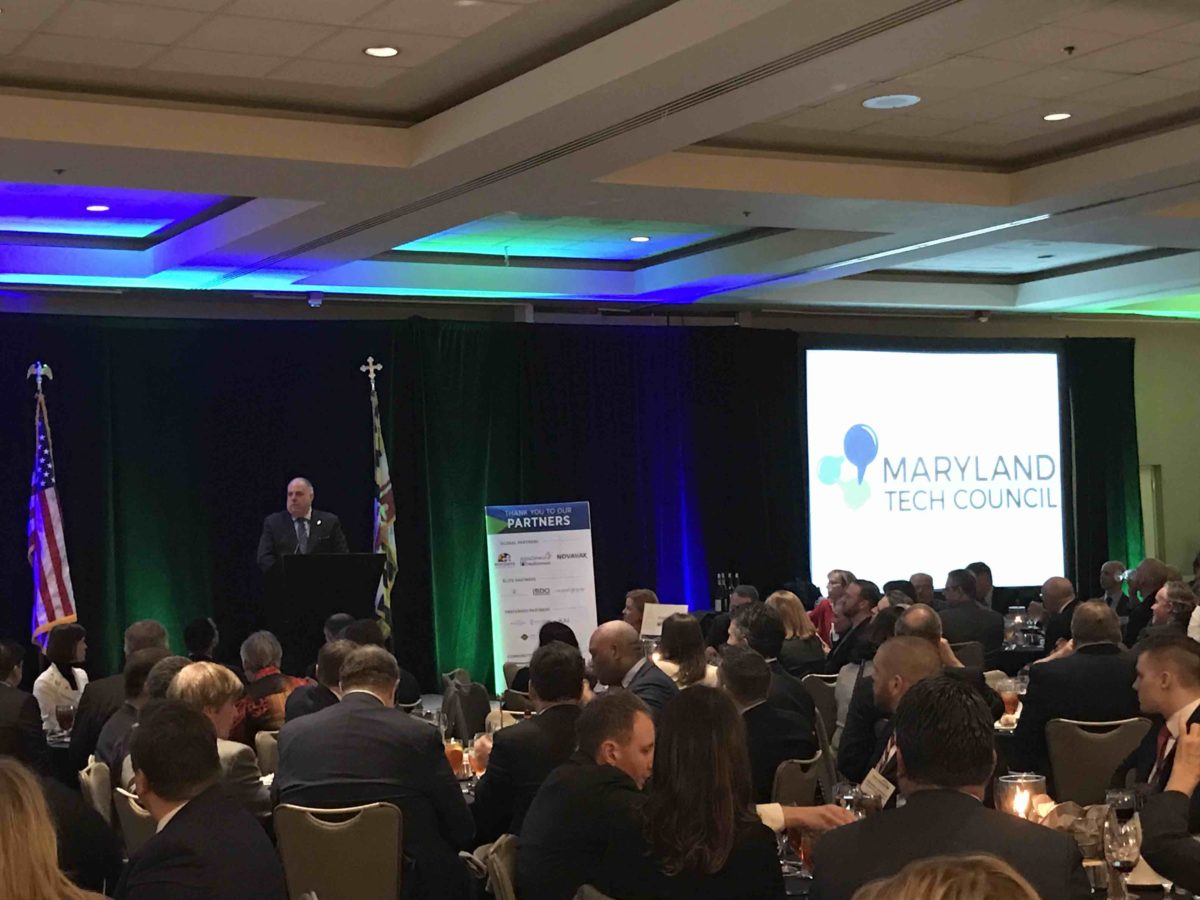Since the U.S. government proposed initial rules around Opportunity Zones in October, there’s been more conversation around the initiative that seeks to incentivize development in underserved areas.
Passed along with federal tax legislation in 2017, the program provides tax credits for investors in Opportunity Funds that back development in distressed areas specifically designated as Opportunity Zones by governors across the country.
While some details are still coming to light, Maryland has a total of 149 such areas that were approved – which is at least one in every jurisdiction – and so the state is looking to provide additional help alongside the incentives that will be offered by the federal government.
“Providing federal capital gains tax incentives is a great start, but it may not be enough to ensure the revitalization of many of these neighborhoods and communities,” Hogan said. “So we plan to do everything in our power to utilize new and existing state and federal programs, grants and funding sources, and to have all of our state agencies work together with our county and municipal governments and the private sector to supercharge our Opportunity Zone revitalization. Our plan is to make Maryland’s 149 Opportunity Zones the most competitive in America.”
Ahead of the state’s annual legislative session, Hogan is proposing an additional $56.5 million in funding to provide extra help in these areas. Alongside the new real estate development, the Hogan administration is looking to provide workforce training and additional incentives tied to jobs. Here’s a look at the plans, as outlined at an event in Baltimore on Thursday:
A new task force
Maryland Opportunity Zone Leadership Task Force, led by Lt. Gov. Boyd Rutherford, will hold regional summits throughout the state, and develop a plan that aligns the goals of the Opportunity Zones program with state priorities. It will also lay out plans to partner with local governments and “fast track” development.
State tax incentives
At the General Assembly session that begins this month, Hogan will introduce the More Opportunities For Marylanders Act. The 10-year program will provide tax credits for each new job created by a company within an Opportunity Zone. The companies will also be eligible for an additional $6 million in tax credits, have 100 percent of their state property taxes exempted, and have all business recording, filing, or special fees waived.
Workforce Development
A state workforce development grant program known as EARN will now focus on the 149 Opportunity Zones, and receive $3 million for Opportunity Works, which will issue grants to companies that provide training programs.
Maryland Technology Infrastructure Fund
Hogan is also introducing legislation to create the Maryland Technology Infrastructure Fund. With this program, the state is aiming to capitalize on strengths in cyber and life sciences around the state, Hogan said. The fund will be run by a team within TEDCO, and an independent board tasked with creating a plan to “leverage more than $500 million in planned investment over the next decade,” Hogan said.
Housing funds
The state’s Maryland Department of Housing and Community Development will have multiple funding sources available, including:
- $20 million for affordable housing.
- $8 million for small business lending.
- $3.5 million for demolition around the state.
A web resource
The state also has a new site called the Maryland Opportunity Zone Information Exchange, which provides a place for the public to track projects, find incentive information and locate businesses in Opportunity Zones.
Where does Baltimore fit in?
Hogan’s announcement underscored Baltimore’s place in the conversation, as it took place at the Walbrook Mill along North Ave. in West Baltimore, which will house apartments, retail, as well as warehouse and light industrial space. In all, the city has a total of 42 Opportunity Zones, which is more than any other jurisdiction. Earlier this year, the Baltimore Development Corporation named Ben Seigel as Opportunity Zones coordinator to oversee the city’s efforts.
“The designation of our 42 census tracts across our City as Opportunity Zones is a critical part of our strategy to move Baltimore forward by lifting the prospects of these communities and creating real and sustainable opportunity for both citizens and entrepreneurs,” Mayor Catherine Pugh said in a statement.







